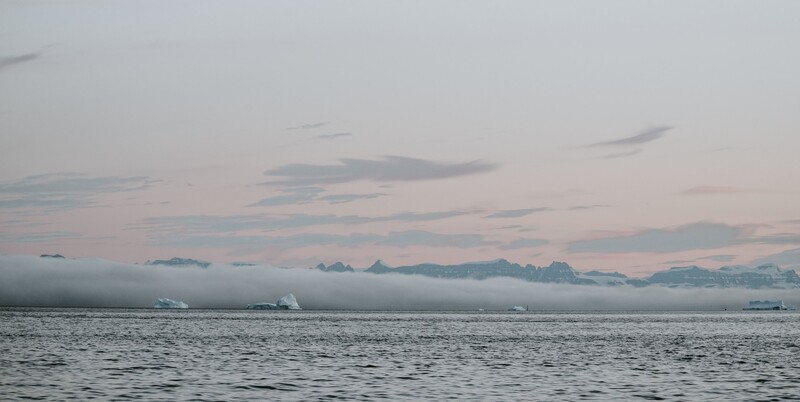Like a pair of bickering roommates, Canada and the U.S. are arguing over shelf space… continental shelf space, that is.
Driving the news: The U.S. filed claims to a portion of the Arctic seafloor that Canada has also laid claim to. The two countries have agreed to work together to settle the dispute by following the UN Convention on the Law of the Sea — a process that will take several years.
- Canada and the U.S. disagree over how to measure their continental shelves — the relatively shallow area of seafloor around a land-mass.
- Per UN rules, if a country’s shelf extends more than 200 nautical miles from the shore, it has the right to develop the area.
Why it matters: Countries aren’t arguing over who owns what part of the seafloor just to claim ownership of the weird fish living there (that was our first guess) but to get dibs on the valuable resources that lie within — including oil reserves and minerals like gold and zinc.
- For example, the Amerasia Basin, which includes a region Canada and the U.S. both claim, is believed to have as much as 10 billion barrels worth of untapped oil.
Zoom out: Canada also has conflicting claims with Denmark and Russia. While Canada resolved some disputes with Denmark in 2022 (remember Hans Island?), striking a deal with Russia will be challenging as relations remain icier than the Arctic floor they’re fighting over.
Big picture: In addition to its invasion of Ukraine, Russia’s strong language about its desire to expand its Arctic shelf into territory overlapping with Canada has led to calls for Canada to strengthen its Arctic defence.—QH
